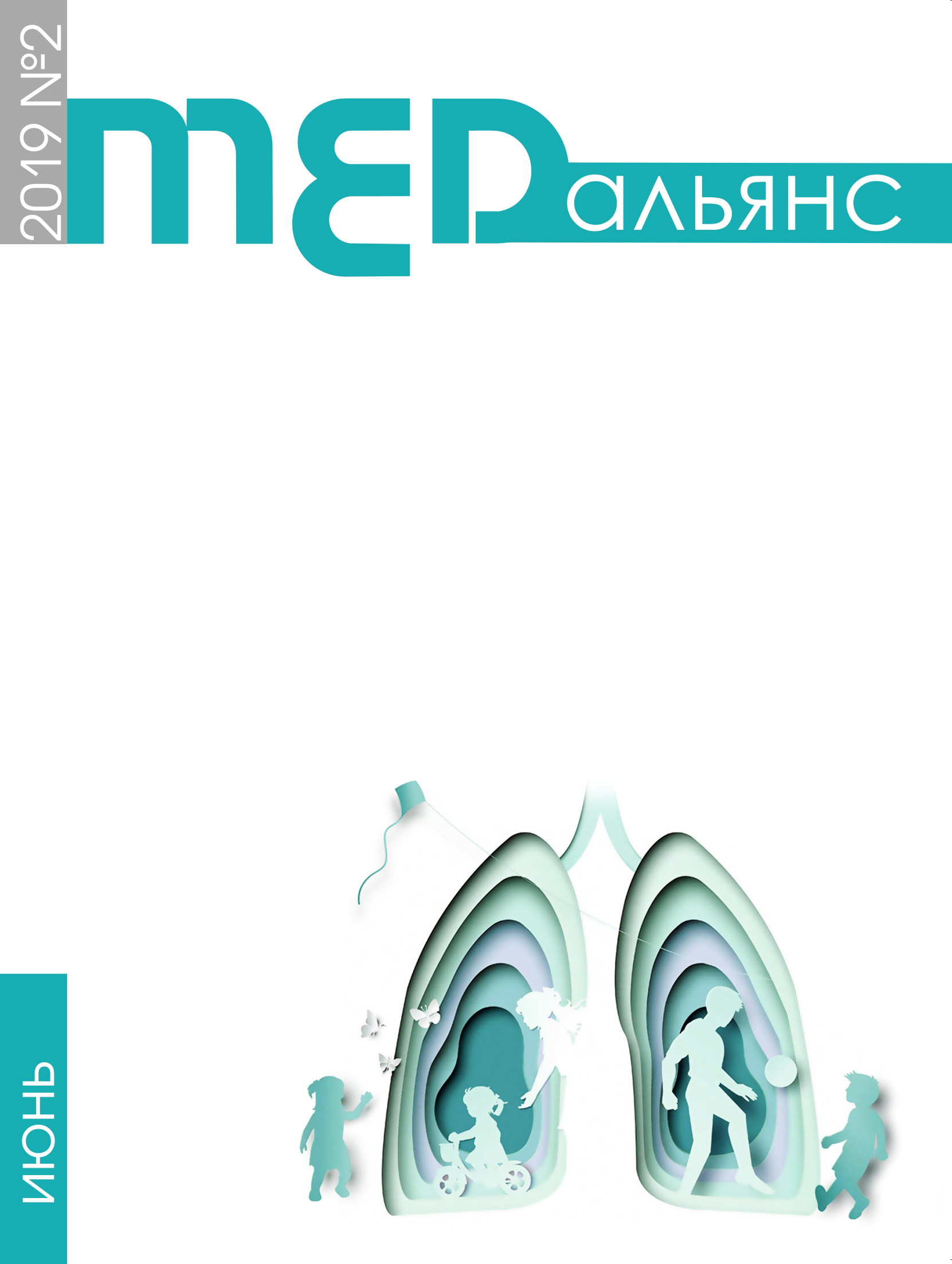Abstract
Summary The purpose of this work was to determine the diagnostic efficacy of digital radiography as a method for detecting roundish lesions in the lungs. Materials and methods. This study is based on the results of testing 60 radiologists working in various medical institutions, during which specialists needed to classify the images into two categories: norm and pathology. For the assessment, a depersonolized sample of 20 digital radiographs in anterior direct projection with a roundish lung tissue syndrome was used. Results. On average, the sensitivity was 76.1%, while the results of testing of radiologists with experience in thoracic radiology had the highest values. Specificity averaged 72.3%, while doctors with work experience of over 10 years had that figure an average of 4.5% lower than their younger colleagues. At the same time, doctors with experience in thoracic radiology have specificity indices higher - 75.4%, compared with specialists from multidisciplinary clinics. The predictive value of a positive result was 54.1%, a negative result - 87.5%; accuracy - 73.4%. The percentage of correct answers in testing was on average 73.5%. The average percentage of the detected pathology was higher for doctors with work experience of more than 10 years - 81.2% and for doctors with experience in thoracic radiology - 81.5%. While the highest average percentage of the absence of pathology was among doctors with work experience less than 10 years - 25.8% and among doctors without experience in thoracic radiology - 25.5%; at the same time, the average percentage of the detected norm among them was 73.8% and 72.6%, respectively. Conclusion. The experience of the radiologist doctor in the clinic for the treatment of patients with respiratory diseases is a significant factor influencing the quality of interpretation and the identification of round lung structures in digital radiography.

